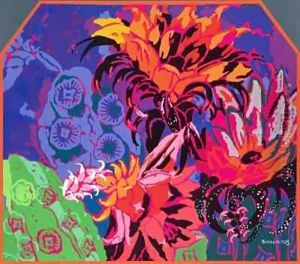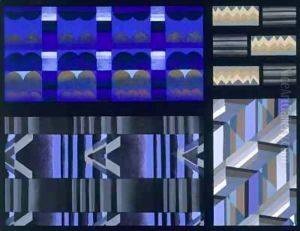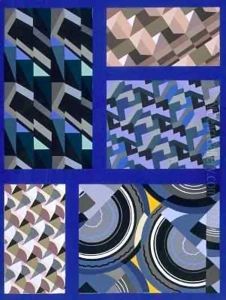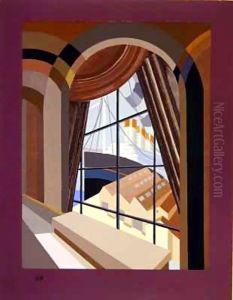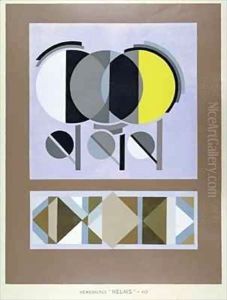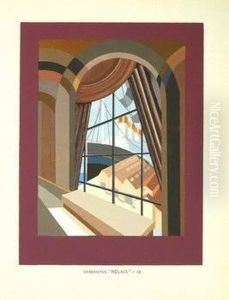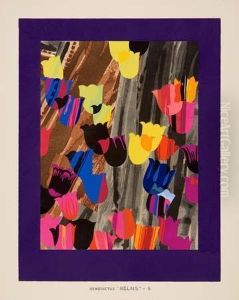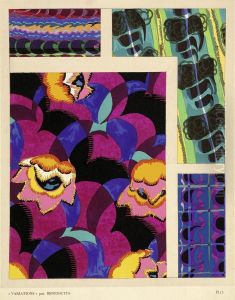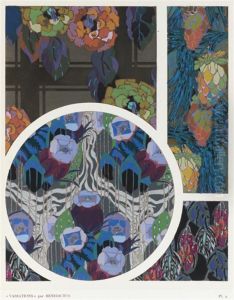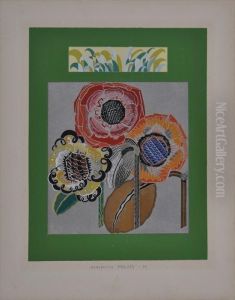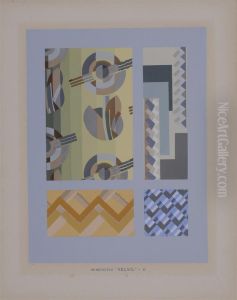Edouard Benedictus Paintings
Édouard Benedictus was a French painter, chemist, and inventor, renowned for his diverse talents and contributions to both the arts and sciences. Born in Paris, he showed an early interest in the arts but also in the scientific fields, a duality that would mark his entire career. Benedictus's artistic journey included his work as a painter and decorator, as well as a designer of textiles and stage sets, reflecting the multifaceted nature of his creative talents.
In the realm of science, Benedictus is perhaps best remembered for his accidental discovery of laminated glass, a breakthrough that had profound implications for safety and industrial design. The story goes that in his laboratory, a flask coated with cellulose nitrate accidentally fell to the floor. Instead of shattering, the glass cracked but held together, thanks to the plastic film. This incident, occurring around 1903, led him to experiment further, eventually patenting the safety glass in 1909. This invention was especially significant for the automotive and architectural industries, providing a safer, more resilient glass that would not shatter upon impact.
Apart from his work with safety glass, Benedictus was an accomplished artist, contributing to the Art Nouveau movement and later exploring other artistic styles. His work spanned various mediums, including painting, textile design, and book illustration, showcasing his versatility and creative vision.
Édouard Benedictus's contributions were not limited to his inventions and artistic output. He was also involved in the early 20th century's intellectual and cultural movements, engaging with contemporary artists and thinkers. His legacy is a testament to the fruitful intersection of art and science, demonstrating how creativity can flourish across diverse domains.
Benedictus passed away in 1930, leaving behind a legacy that continues to influence both the artistic and scientific communities. His work is celebrated for its innovative approach and its impact on safety and design, highlighting the enduring value of interdisciplinary exploration and innovation.
